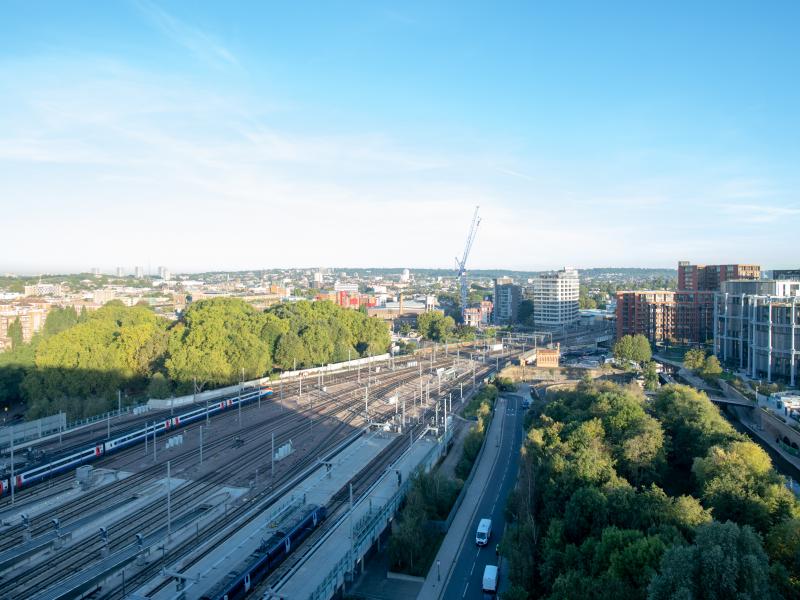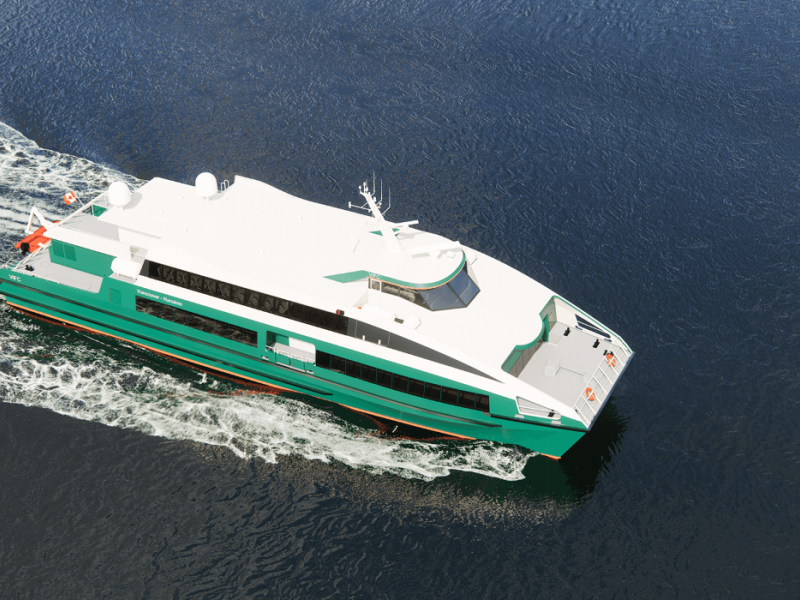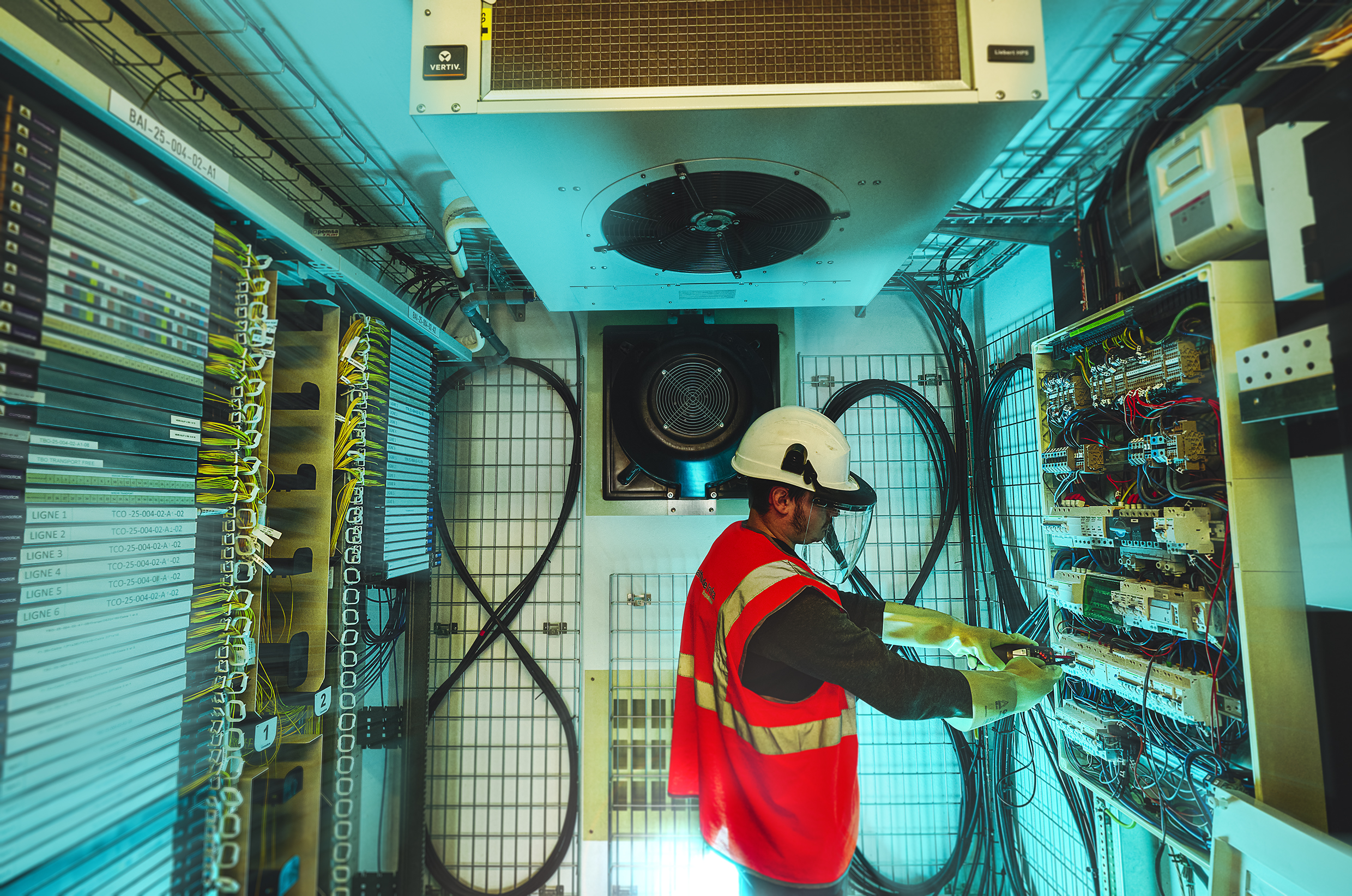We all are acutely aware of the changes experienced in 2022: the most rapid central bank interest rate rises in developed economies on record, inflation reaching multi-decade highs, the end of quantitative easing and the repricing of risk across the investment spectrum.
With current conditions likely to persist across 2023, core infrastructure – with its strong correlation to inflation and defensive positioning – continues to come into its own. However, asset selection and portfolio composition remain essential – and that’s where balance is vital.
Infrastructure investment
Infrastructure has been one of the bigger talking points over recent years, a bold statement given the news environment. At the heart of this are several powerful, secular, megatrends, such as decarbonisation and digitisation, which is boosted by long-term under-investment in the sector. This is set to continue shaping the delivery of public infrastructure for the foreseeable future.
Against this context, infrastructure has grown significantly as an investment proposition. Preqin estimates that $1 trillion is now invested in infrastructure, with private markets accounting for the bulk of capital. That is forecasted to grow by 13% per annum over the next five years.
This presents a challenging landscape of risk and reward for investors to navigate and ultimately in which to invest.
Defining core infrastructure
The shape and breadth of the infrastructure asset class has evolved substantially over the last 25 years. With the aforementioned influx of capital, the asset class has matured and new entrants have pulled at the boundaries, expanding the definition of infrastructure. That ‘expansion’ has necessitated segmentation of infrastructure along the spectrum of risk and reward.
Core infrastructure is a term that describes infrastructure assets that display the most coveted infrastructure attributes, and therefore inherently sits at the lower end of the infrastructure risk spectrum. Assets in this category are defined by their high quality cashflows, their defensive market positioning, and, crucially, their criticality i.e., the essential nature of the asset.
As you move along this risk and reward spectrum, away from core infrastructure, investments will increasingly exhibit fewer physical assets, increasing operational complexity, and less predictable/visible returns.
Importantly though, any one sector doesn’t live permanently in one part of the spectrum. As markets mature, cashflows are established, and assets de-risk, sectors tend to move down this risk and reward spectrum.
Fibre-to-the-home is an example of a subsector which can be found right along the spectrum given its vintage, varying maturities across countries, and different market structures.
Getting the right mix
Although core infrastructure attributes present themselves in a range of different asset and sectors, one of the defining features of infrastructure investment is a high degree of cashflow predictability. Different revenue models give rise to a range of distinct investment characteristics; the three most common types seen across core infrastructure are contracted, demand-based or regulated revenues:

Typically contracted assets have revenues that are not exposed to usage (‘availability-based’), uncorrelated to the economy, inflation linked and benefit from limited moving parts with fixed long-term costs, including finance. On the other hand, concessions are finite life and can present a political/public sector exposure, most typically in a PPP/PFI context.

These assets benefit from being paid by end-users rather than governments in contrast to the PPP/PFI examples above. Demand-based assets also tend to have stronger inflation linkage in the toll revenue, longer asset lives and an element of growth inherent in the fact that long-term traffic is generally linked to GDP. This needs to be balanced with recognition of the risk that economies can and do contract.

Regulated assets are generally uncorrelated to the economic cycle, have very long asset lives, strong inflation correlation, and of particular note, an inherent protection from rising interest rates through a regulated return on capital. However, this regulation also presents risk through performance standards and fluctuations to allowable returns.
Constructing a resilient portfolio
The aim in portfolio construction is to introduce and capture the attractions of different types of assets, whilst recognising and managing the exposure to the various risks that each presents.
At InfraRed we believe that by combining these different but complimentary asset types it’s possible to put together a long-term set of cashflows that are more resilient, more robust, and better able to mitigate the specific set of risks that sit around infrastructure investment. That is what we have achieved with our listed and unlisted core infrastructure portfolios. These benefit from a considered focus on portfolio construction in order to deliver those key attributes that investors seek from core infrastructure: high inflation correlation, low beta, high yield and long-term growth potential.
Selection is critical
There are positive structural tailwinds for infrastructure that present significant opportunities, but also potential dangers when seeking to maintain a balanced and resilient portfolio. This requires active management and a clear framework to determine what is core infrastructure and how each asset complements the overall mix of the portfolio.
Moreover, as we expect both inflation and market volatility to continue in 2023, investors need to consider their infrastructure asset mix and ensure that their portfolio is sufficiently diversified, and that it will provide good inflation hedging.
As with life, balance is critical.
Edward Hunt,
Head of Core Income



